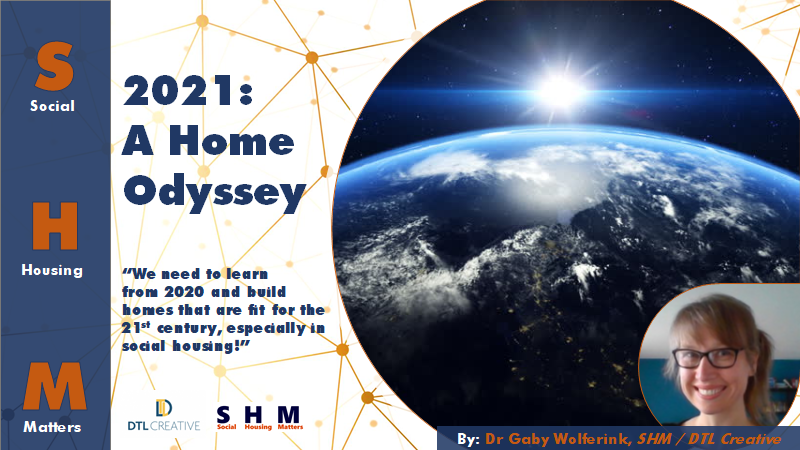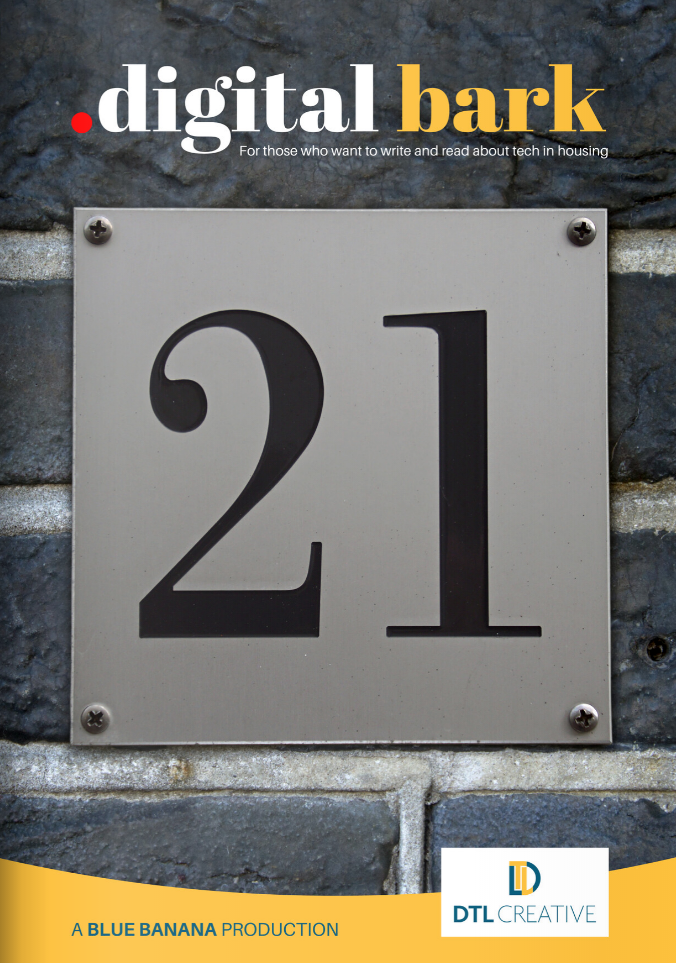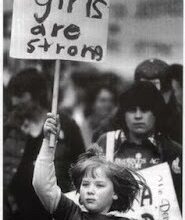
Well, 2020 has been a bit shit, hasn’t it?
This time last year we were all hopeful, making new year’s resolutions and plans for our summer holidays, trips, fun things with friends and family. We felt for the people in China dealing with what seemed to be a terrible situation and hoped for them that it would soon be normal. I will never forget reading about and watching a video of a volunteer in Wuhan who set out to rescue and feed as many cats as possible in the city, left in homes of people who were not allowed to return to them because of the lockdown. It was unimaginable, the ghost town portrayed, and the despair of people either locked up or out of their homes, unable to go outside or return to their pets and own beds.
Unimaginable. Never once did we, or at least I, think that something that happened on the other side of the world would so quickly affect every single corner of it, including our own, let alone to the scale it did. Naïve, perhaps, but we have not seen a pandemic in (most of) our lifetimes, and even though deep down you know that such a thing can never be ruled out, decennia of relative safety have made us forget.
So, those resolutions, those plans, they all went into the bin fairly quickly. Our lives changed almost overnight. It came crashing down on us with a speed and force that left many of us stunned. Like standing on the beach, looking at the sea receding and a massive tsunami forming, we found ourselves staring at that colossal wave in disbelief; surely something like that couldn’t happen to you? But it could, and it did. From the way we lived to the way we died; the way we loved and the way we worked; the way we cared and the way we relaxed. Every single thing changed.
2020 and the future of social housing
One of the things that has changed, and perhaps that is because ‘housing’ is kind of ‘my thang’, is the way I came to view the idea of what a ‘home’ should look like, how we should define it, and design them.
I have always been an advocate for building homes fit for the future, fit for the 21st century. I’ve always been for building homes that are sustainable in every single aspect, and of a higher quality than the homes built in the 1960s and 70s that people are still living in, especially those without the financial means to buy or rent higher quality homes or to retrofit their homes with modern technologies and materials to keep them warmer and safer.
Building homes suitable for a pandemic…
Looking back at 2020, I believe firmly that now the question should be ‘is this a home where I could spend a lot of time during a pandemic without the home itself affecting both my mental and/or physical health?’, and the answer to this should be ‘yes’, always. A home should be a place where, no matter the circumstances, including a friggin’ pandemic, you and your family can feel safe, shelter from storms, both meteorological and metaphorical ones.
Even though I often felt (and still feel) anxious and sad about the whole pandemic and seeing people lose loved ones. Even though I have missed seeing our friends and family and hoped that the virus would not affect them. Even though we have not been able to do (m)any of the fun things that we had planned to do. Even though we have and are still mourning the loss of lives, and indeed an entire year, our house was our safe place and made everything more bearable; not one single time in this terrible year have we felt that the place we call home made a bad situation even worse.
We have access to lovely outside space both in our garden and direct surroundings. Our home offers us the space to both be together and get some time to ourselves if we would want that. It is warm and dry. It is mostly energy efficient and we have access to and can afford both a great internet connection and the leisure stuff that the internet has to offer, such as Netflix, games and communications with friends and family across the country and abroad.
Privilige in a Pandemic
However, the most important thing to remember for me is, that as a healthy, childfree couple who have been fortunate enough to be financially stable, living in a spacious home with a room that is a dedicated home office fitting two full-size office desks comfortably, and having jobs that allow us to work from home, we have lived a completely different 9 months compared to those couples in less stable and/or well-paying jobs (that might or might not have survived the pandemic) with 3 school-going children living in a damp, dark and small three-bed 5th floor apartment with a small balcony in a big city.
The thing is… that shouldn’t be the case. Having a place to call home that can help you weather the fiercest of storms should not be down to luck. It shouldn’t be down to who your parents are, your level (or place…) of education, or anything else for that matter.
In the 21st century, we have the knowledge, the ideas, the materials and the technology to design homes that can offer the flexibility for a wide range of individuals, family make-ups, lifestyles and needs. After the year we’ve had, and hopefully many of us have realised how important it is to have that place to call home, now is the time to band together even more strongly, everyone for whom social housing is also ‘their thang’, from whatever angle, whether that is tech or data or policy, to find ways to speed up this process. If not now, when?
So, let’s look forward to 2021… together!
Even though it scares the hell out of me after what happened to my resolutions and dreams in 2020, I’m going to be positive and look forward to the things that appear to be very close on the horizon. Because, after all, as is traditional for any publication coming out at the beginning of a new year, the theme is ‘looking forward’.
Working at Dtl Creative, we have, in fact, a lot to look forward to in 2021. The company, that is also celebrating its 10th birthday this year, is growing; not just in size and number of clients, but also in the boldness of its ideas and ambitions. These ideas and ambitions, in turn, would never come to fruition if we would just talk amongst ourselves. That is why 2021 is, more than ever, going to be DtL’s year of collaboration.
Over the course of 2020 we have already demonstrated this commitment to collaboration by developing the Uncon Conference series and the Unconventional Breakfast Sessions that have led to people finding likeminded people, project partners, solutions and warnings, and even jobs (waheeey!).
In 2021 we are taking this further by partnering with other organisations ourselves. We have a few opportunities in the pipeline, but, as announced elsewhere in this issue of Digital Bark, in February 2021 we will be launching a new Housing Quality Network (HQN) Network called the ‘Innovation and Technology Network’.
This Network is going to be a place where we want to (and I truly believe we can!) make sure that the lessons we learned in 2020 aren’t wasted and forgotten, but, instead, gripped tightly with both hands and used to fuel a quest and desperate need for change.
We will be doing this by sharing our knowledge and expertise about applying new technologies, but also by facilitating Best Practice Groups and providing a platform for housing providers, tech suppliers and anyone else who wants to join the quest to ensure everyone has a place to call home, to share their successes and lessons learned.
2021: A Home Odyssey – Let’s make a 2021 resolution… together!
As I described above, if there is one lesson that I feel everybody should have learned in 2020, is that not everyone lives in a place that does not add physical or mental health issues to a person or family’s life. Many people might live in a house, but not in a home.
I am not the first, and hopefully will not be the last to make this argument and shout out a rally cry. I also know that many tech and housing providers share my views and are working hard in their own areas to find ways to get (social) housing into the 21st century and make more houses into homes.
There are people developing sensors that can measure ANYTHING that’s going on in a home, there are housing associations that truly re-invest every single penny that comes in to building new homes and retrofitting existing homes where possible. There are companies building and re-designing housing management systems that remind us that there are people, not contract numbers living in the homes the provider manages by, for example, making transparency a given.
There is A LOT happening in the world of (social) housing, and I wouldn’t be me if I wouldn’t mention that all these separate initiatives provide us with a lot of different kinds of data, and an unimaginable number of data points. Data points that, when they are connected in different ways by different people can bring us more knowledge than keeping it to ourselves and winning a shiny award because we did something first ever could.
Let’s not just get our ideas and heads together, but also all our data, anything that is needed to use the momentum of 2020’s damage to rebuild something that is better and more humane.
About this article
This article was first published in .Digital Bark Magazine #4, which can be found here, along side other brilliant contributions from across the housing and housing technology sectors!




